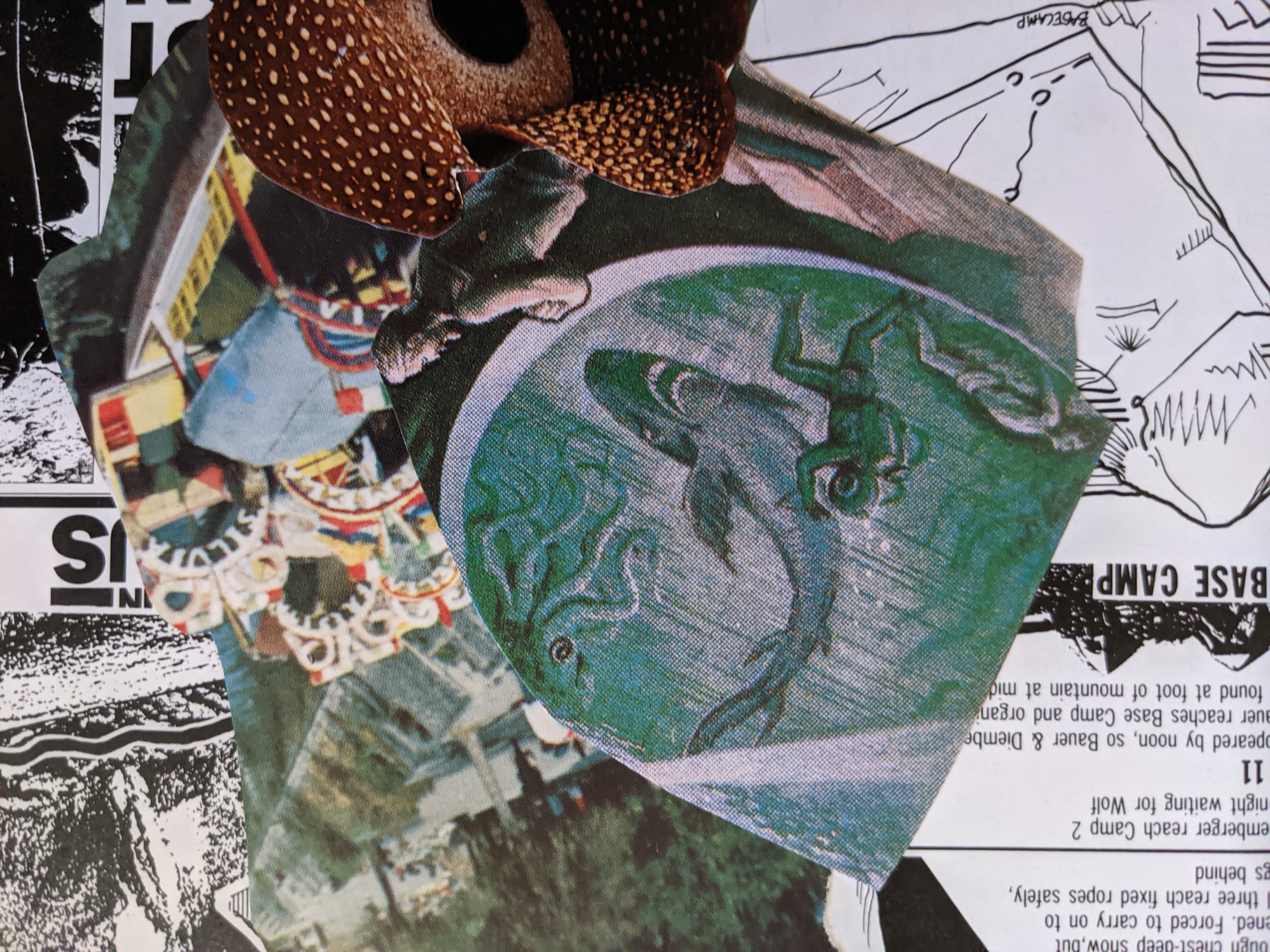
We began this issue with questions. What does it mean to sit against something? What does it mean to create against something? What are we against? How do we make art against the world? Does anti necessarily inscribe a binary logic? Does ante necessarily inscribe a chronological one? We still have all these questions, but right now it feels hard even to ask. It has been still and muddy and difficult to orient.
Any observations that might try to capture some of what has unfurled these past months would feel glib. Not unlike our last issue, which was themed Care, this issue’s theme, Anti/Ante, feels strangely suitable for the moment it was produced in. As we selected and read through the exciting, moving, sharp pieces that came to make up this issue, I was struck by how potent and urgent it all was. In this issue we wanted to trouble the positionality suggested by ‘anti’, and the questions this opened up within art making and art structures (see, for example, Jinghua Qian’s essay on the exhaustion of relying on bureaucratic art funding models). But at the same time, we wanted to think about this positionality, or even an anti-positionality, alongside the concept of ‘ante’, or before. A mode of historicisation that doesn’t take for granted that this is even the only, or best, way to conceptualise our world. In the following pages we hear from Fiona Foley and Hana Pera Aoake and Morgan Godfrey, who each speak about the ways Western, linear time has been imposed upon colonised lands and peoples in so-called Australia and Aotearoa/New Zealand respectively. Foley brings this into her research and public art projects, while Aoake and Godfrey turn their attention to the Treaty of Waitangi and other treaty settlements.
David Egan’s illustrated screenplay, 'Cells', conjures a virtual colourscape where players, named for Christian mystics, transcend embodiment, becoming beads — matter or particles or rosary — on the move. Is this a quasi-religious future? Or have time and space been replaced with the spectrum of visible light? Another rainbow appears on an old TV set in Carly Stone and Lujayn Hourani’s piece 'Speaking of Positionality, Your Body is a Little Off Centre'. A magnet rubbed against cartoons warps their colours and shapes, a process of 'degaussing [...] reduces the magnetic field of an object'. They go on: 'Demagnetising a body means pulling at its outline.' We're pulled too, to reconsider the relational and oppositional constructs of gender. These pieces and many others ask us to think against, but they also ask us to think through, with, between, around, below.
We want to acknowledge the paradoxical effects the pandemic has had on art, too. We recognise that the contributors to this issue wrote, responded to our edits and overall gave their work careful attention during a period in which it felt impossible to scrape together energy for much. For this, we are so grateful. We also recognise that in so-called Australia, and especially Melbourne and Victoria, the art communities were affected by gallery closures and exhibition and event postponements. But it also became clear how vital art is to our being in the world. As Fiona Foley says: ‘If you’re an artist, you can say whatever you like! I have an immense sense of freedom being an artist and working out ways of dismantling the system.’
If we are to imagine any sort of future (and the question still remains whether this is even possible), art must be a space for such imagining: not to replace the acts of solidarity and resistance required against forces of capitalism, white supremacy and colonialism that atomise and alienate us, but to supplement it. This might be a naïve hope, and too complex to fully uncover in this brief editorial. But in lieu of concrete answers, we have here an issue that brings together an electrifying mix of responses that, together, reveal the breadth and talent of the contributors and the suggestion, or provocation, that we cannot know much, but we know that we must never stop asking questions.
My mind keeps coming back to an email from Timmah Ball. In response to the theme Anti/Ante, she wrote, ‘this really speaks to me because I'm always anti-everything.’ I read: there is so much to be against in this place. I got the sense that sometimes this position feels like a trap or a place you get put. But she doesn’t stay trapped. Indeed, her piece reveals something we were clambering at in the theme — the fight is exhausting but it is also generative and abundant. She writes: ‘I remain fixed to the negative (searching for a blueprint for another world) because I see no other option. Because radical change feels as unreachable as it is unrelentingly desirable.’
And maybe this is all we need to know for now.
